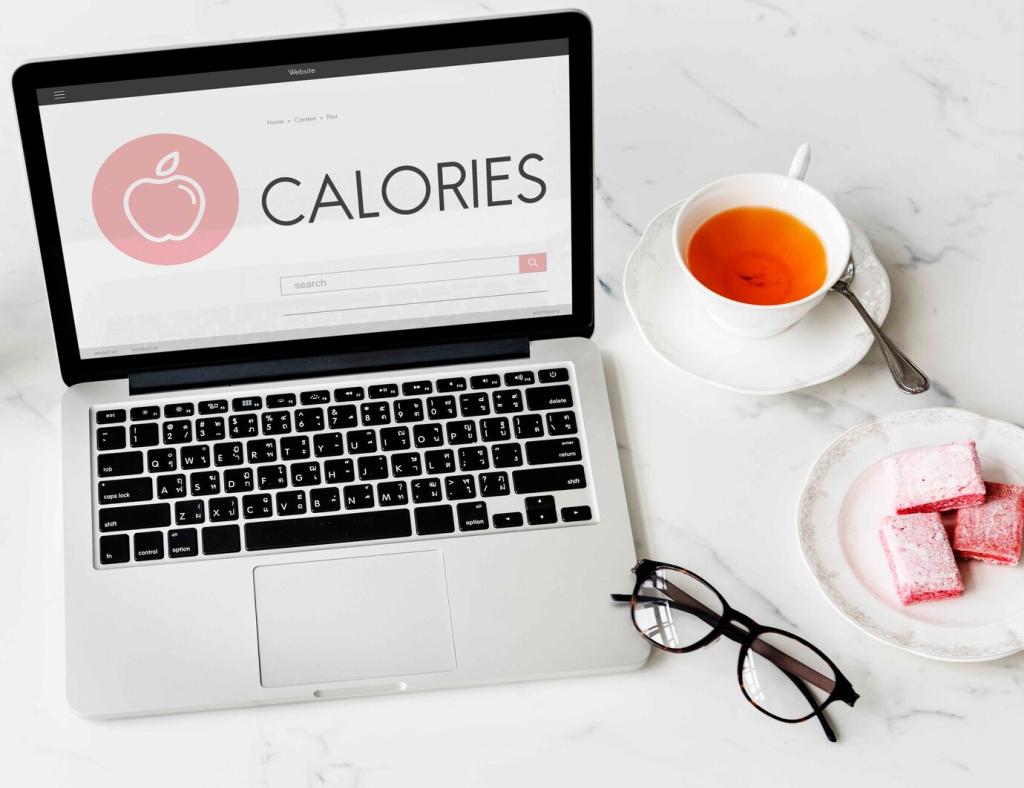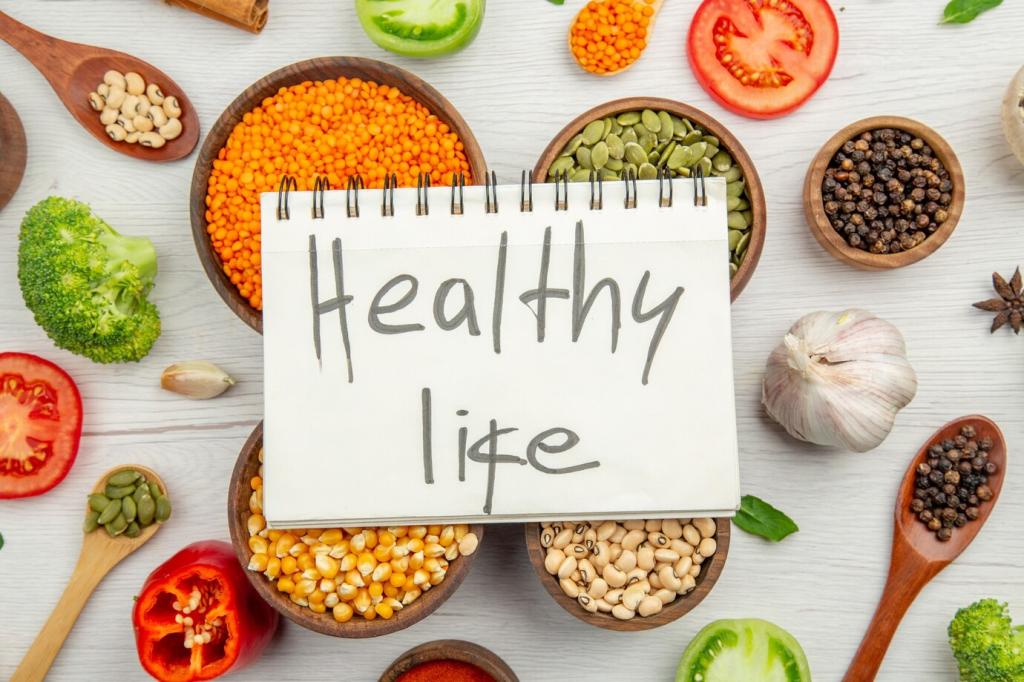Science, Simplified: What Research Recommends
Most active adults thrive around 1.2–2.0 grams of protein per kilogram bodyweight, spread across meals. Aim for 20–40 grams per meal, especially after training. Diverse sources—dairy, legumes, fish, lean meats, soy—support muscle repair and daily satiety.
Science, Simplified: What Research Recommends
Match carbohydrates to workload: more on long or intense days, less on rest days. Use pre-session carbs for fuel, intra-session carbs for long efforts, and post-session carbs to restock glycogen. This flexible approach boosts consistency without rigid rules.








